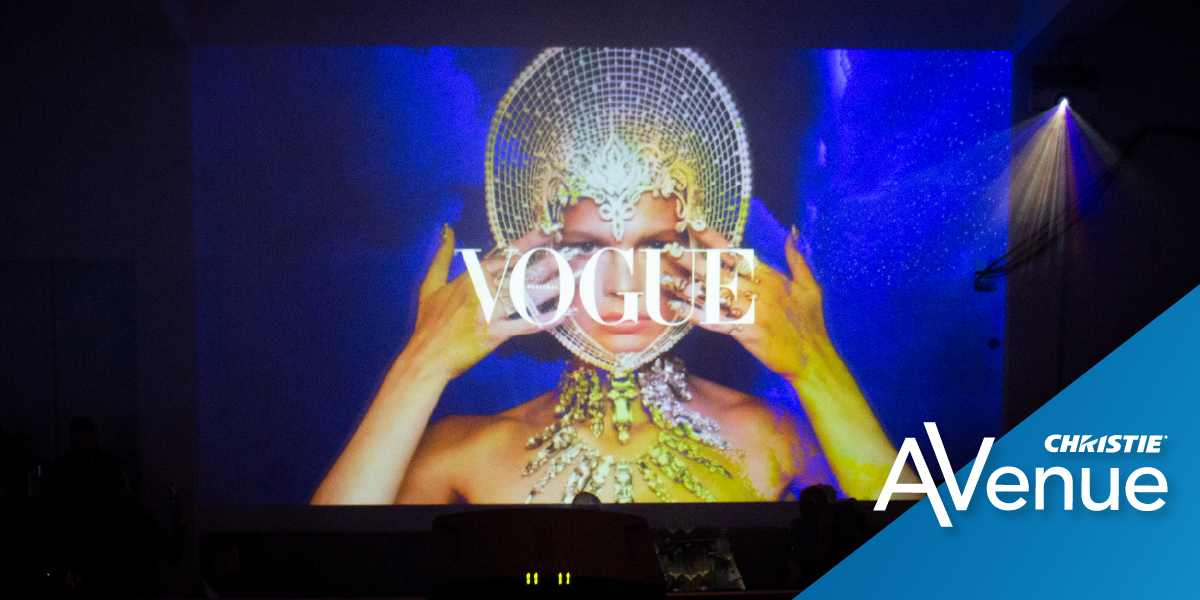Want to be world-beating? Go world-building

Look at any successful brand, and you’re really looking at a perfect, carefully curated, self-contained world. It doesn’t matter if it’s fast food or automotive, the principles are the same. Buy our product or service, it says, and you can be part of this. You will live like the people in our ads.
And how are those worlds maintained? Well, brands are nothing without the products or services they represent. Get those wrong, and you immediately break the contract with the consumer. For the brand image though, consistency and creativity are all — and consistency is more important than some advertising agencies would like you to believe.
Predictable and believable
That’s the thing about imaginary worlds: whether they’re building a brand or giving superheroes a home, they must be predictable. A man might fly, or toilet roll might talk, and we’re perfectly happy if that’s plausible in their world. But we have to believe in that world first. So, the colors can be unnaturally garish, provided they’re consistently garish. The images need to be sharp, and any audio unfailingly clear. If they’re not, reality intrudes, the spell is broken, and we’re not believers anymore.
And it doesn’t matter if that brand world is seen on the latest high-tech RGB pure laser projector or on a screen in a corporate foyer; the same rules apply. Image quality does matter. There’s little point companies pouring heart and soul and millions of dollars into making a perfect world for a brand or a movie if it’s any less than perfect when it reaches the screen. The more immersive an imaginary world, the stronger the ties that bind us to it. In the case of the movies, that means loyalty to the movies, in brands to a product or service, in both cases, something lasting whose values we internalize and trust.
Movies behaving like brands
The parallels between brands and movies go further still. We may refer to some superhero movies or long-running action thrillers as franchises, but the way they are able to maintain their appeal across many releases depends on them behaving like brands. Even when the leading character is replaced by an entirely different actor or new plotlines are introduced, it’s the consistent world they inhabit that holds everything together. That world may have outlandish rules, but break them, and the audience will be sure to let you know, either by staying away or expressing their displeasure on social media sites.
Little wonder then that “Barbie” the movie has been such a success. Make no mistake, it’s a good movie, a very good movie, but having a global brand and 64 years of Barbie world-building under its designer belt must have helped. That alone meant it could tell a thoroughly modern, relevant story, knowing its audience already understood and loved its pink world perfectly.






